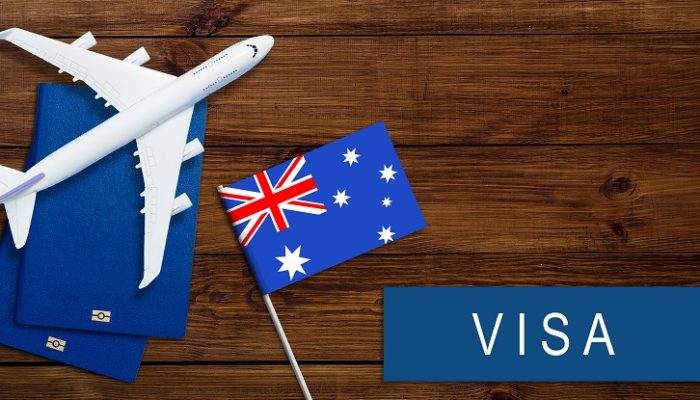In the wake of approval of the Australia-India Economic Cooperation and Trade Agreement (ECTA) by the Australian and Indian Governments (which came into effect on March 30 2023), along with heralding in a new era of freer trade and closer cooperation between India and Australia, additional Australian visa pathways have been created for Indian citizens.
Over the next two years, the Australian Government under the ECTA will introduce the following additional Australian visa pathways to Indian citizens:
- Post-study work rights; and
- Work and Holiday Visa options.
Post-Study Work Rights Extended
Provisions attached to the ECTA are set to increase the amount of time Indian students can remain in Australia post qualification, with provisions likely to be introduced as follows:
- Students graduating with a diploma or trade qualification may stay up to 18 months in Australia;
- Students who complete a bachelor’s degree may remain and work in Australia for two years;
- Students who graduate with first class honours in a bachelor’s degree in STEM or Information and Communications Technology (ICT) will be permitted to stay and work in Australia for up to three years;
- Students who complete a master’s degree may remain and work in Australia for up to three years; and
- Students who complete a doctoral degree may remain in Australia for up to four years.
Work and Holiday visas
As part of the terms of the ECTA, the Australian Government has pledged to implement a Work and Holiday visa arrangement for Indian citizens within two years of entry into force of the Agreement. Moreover, if India implements a similar youth mobility program in the future with any country, it will extend the opportunity to participate in such a program to Australian citizens.
The agreement opens up 1,000 Work and Holiday Visa places for Indian citizens.
In addition, the ECTA creates access for 1,800 qualified traditional chefs and yoga instructors to receive an Australian four-year work visa.
The agreement also supports a new Professional Services Working Group to streamline recognition of qualifications, licensing and registration procedures between the two countries.
For advice Australia visas, please do not hesitate to contact us at info@hartmanimmigration.com.au for Australian immigration assistance.
Disclaimer:
The information on this website is intended only to provide a summary and general overview on relevant matters. It is not intended to be comprehensive nor does it constitute legal advice. You are advised to seek legal or other professional advice before acting or relying on any of the content contained in this website.






